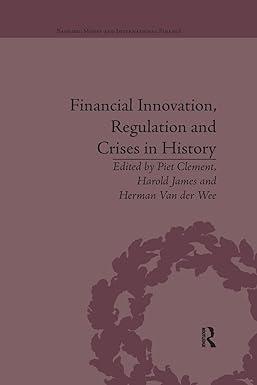Question
Paul Cheng, the sole owner of Great Eastern Toys, and John Li, the firms general manager, are currently considering whether to extend its existing product
Paul Cheng, the sole owner of Great Eastern Toys, and John Li, the firms general manager, are currently considering whether to extend its existing product line of plastic dolls. Dolls have been among Great Easterns most successful products for more than 20 years.
Li recently proposed that the company enter the market for relatively high-margin, high-quality, designer dolls. A consulting firm was hired to do a preliminary study of that market. Its report indicated that the new dolls could be sold, net to Great Eastern, for HK$ 300 per unit. Sales volume was projected at 3,000 units per month over a period of at least five years at the same price. The consultants market study cost the firm HK$ 500,000 which was paid shortly afterwards. While most of Great Easterns production was sub-contracted, this new doll would be manufactured in its own facilities. A study undertaken by the production department showed that new equipment would be needed costing a total of HK$ 16 million delivered and installed. Resale value of this equipment was uncertain, but estimated at HK$ 800,000 if disposed of any time between five and ten years after beginning production. The new equipment, assuming proper maintenance was carried out, should allow Great Eastern Toys to produce at least 3,000 dolls per month for the next 10 years. The study also indicated that the raw materials needed to produce the doll would be HK$ 95 per unit; the value of raw material inventory was estimated to amount to one months production. Although the production cycle of a doll is rather uncomplicated, the study estimated that inventories of work-in-process and finished goods would need to be increased by HK$ 150,000 to allow for smooth and efficient manufacturing. Direct labor costs would rise by HK$ 100,000 per month and energy costs by HK$ 30,000 per month.
A building owned by the firm, currently unoccupied, would be used to produce the new designer doll. Recently they had received a letter from the manager of a nearby department store offering to rent the building for use as a storage area. At current market rates the building could be rented at HK$ 80,000 a year.
To take account of overhead costs, the accounting department had a standard charge of 1% against sales revenues of new projects. An additional annual financing charge equal to 10% of the book-value of assets employed in the project would be levied. These preliminary figures were assembled by Peter Gray, Great Easterns accounting and finance manager. John Li asked Gray to make an economic and financial evaluation of the designer-doll project.
Gray took note that recently, the firm expected accounts receivable to be collected, on average, within 50 days. Accounts payable, on average, were settled in 36 days. Great Eastern Toys cost of debt was estimated at 10% and its cost of equity at 20%. The company used straight-line depreciation for computing operating earnings. Company financing was 40% debt, 60% equity. Income taxes were 16% for Hong Kong companies. Currently, there was no tax on capital gains. Learning of the project, the sales manager, Robert Ho, was concerned that the proposed designer doll would possibly erode sales of the existing standard dolls produced by Great Eastern Toys. He feared that those potential losses could actually reduce after tax operating cash flow by as much as HK$ 600,000 per year.
Question: Identify the relevant cash flows from producing and selling the product
Step by Step Solution
There are 3 Steps involved in it
Step: 1

Get Instant Access to Expert-Tailored Solutions
See step-by-step solutions with expert insights and AI powered tools for academic success
Step: 2

Step: 3

Ace Your Homework with AI
Get the answers you need in no time with our AI-driven, step-by-step assistance
Get Started


